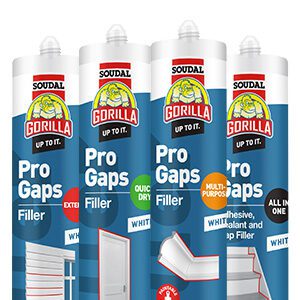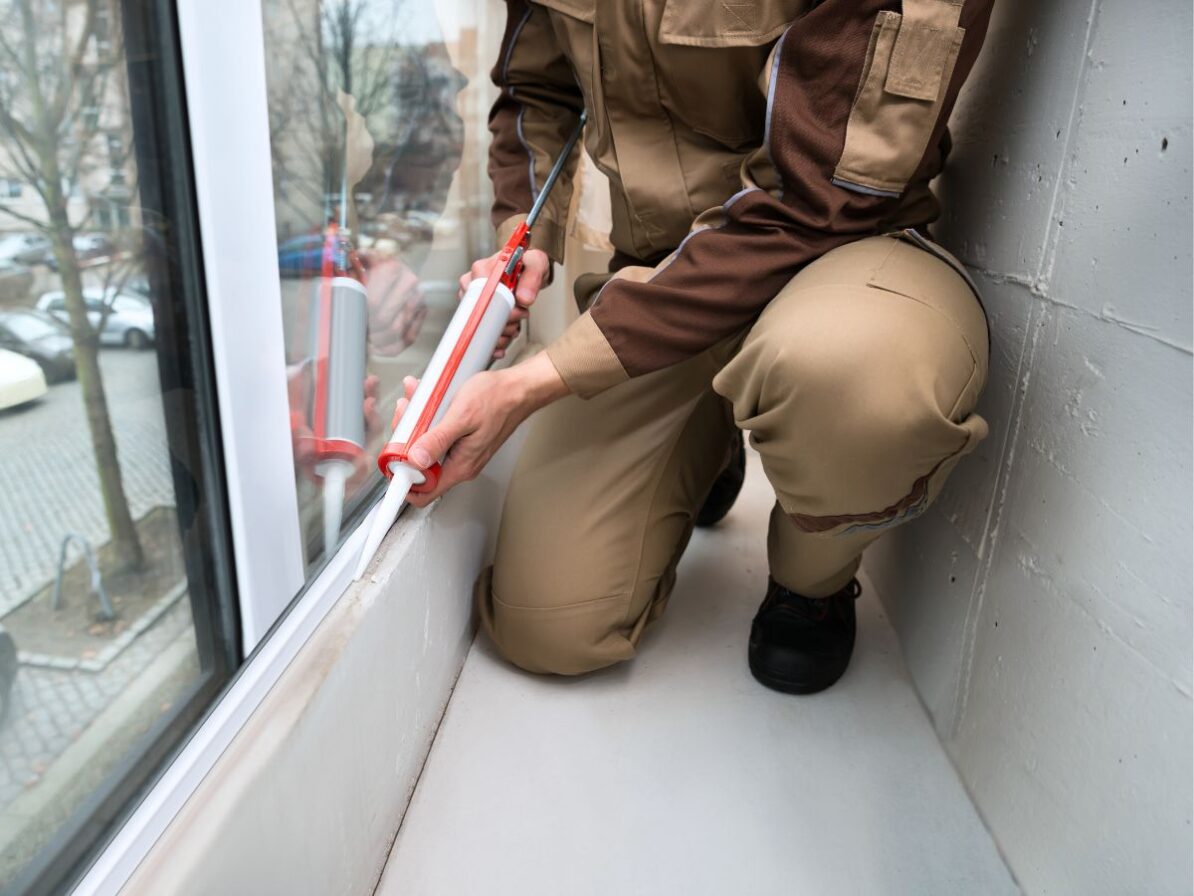What are the common issues that can occur when painting Elastomeric Sealants?

Key Takeaways
- VS (Paint Flaw): Incompatible systems can cause inconsistent and imperfect paint finishes, especially with silicone sealants.
- KL (Sticky Surface): A sticky, non-drying surface occurs due to plasticizer migration, affecting hybrid polymers, polyurethanes, and polysulphide sealants.
- KH (No Adhesion): Poor adhesion of the coating to the substrate, often caused by contamination from sealant components, common with silicone sealants.
- RU (Wrinkles in Coating): Wrinkling occurs when sealant movement exceeds the coating’s accommodation capacity, affecting all sealing materials.
- RB (Cracks in Coating): Cracking during the drying phase, especially in highly filled systems, typically results from incompatibility or thermal changes.
When painting elastomeric sealants, several issues can arise that affect the visual and mechanical performance of the coating. These issues, such as paint flaws, wrinkles, cracking, and poor adhesion, are often caused by product incompatibility, plasticizer migration, or thermal-induced movement. Understanding these common faults and their causes is crucial to achieving a durable and aesthetically pleasing finish. This guide explores the most frequent problems encountered when painting elastomeric sealants and provides insights into the products most commonly affected, helping you avoid costly fixes and achieve better long-term results.
Fault |
Visible result & effect |
Cause |
Products most frequently affected |
| VS* = paint flaw | The paint finish appears flawed, inconsistent and less than perfect | Incompatibility of systems, meaning the wetting and adhesion of the coating on the sealant is flawed |
Can occur with all sealing materials and coating systems, but especially silicone sealants |
| KL* = no drying, sticky surface | Coating is both visually and mechanically flawed, high fouling risk |
Incompatibility of products, mostly due to plasticizer migration | Can occur with all sealing materials and coating systems, especially in hybrid polymers, polyurethane and polysulphide sealants |
| KH = no adhesion of the cured coating to the substrate in the adjacent area. Cross- cut test according to DIN 53151 | Visibly poor coating, wetting and adhesion of the coating on the substrate is partially disturbed. Results in limited function of the coating |
Contamination of adjacent joint areas with sealant components, e.g. smoothing too much wetting agent on an area or distributing the sealant into the joint border areas with smoothing spatula |
More common with silicone sealants |
| RU* = Wrinkles in the coating | Coating both visually and mechanically flawed | Incompatibility of the products, compression of the sealant with excessive demands on the movement accommodation of the coating | Can occur with all sealing materials and coating systems |
| VF* = Colour change | Optical flaw in the coating | Chemical reaction as a result of the incompatibility of the products | Can occur with all sealing materials and coating systems, e.g. due to plasticizer migration |
| RB* = Cracks in the coating | Coating visually and mechanically flawed EG *Hairline cracks in the coating during the drying phase particularly for highly filled systems *Toe-cracking of the coating with subsequent sealant damage (possible cohesion cracks) and optical flaws (surface stains) |
The coating is less deformable (shapeable/moldable than the sealant) | Can occur with all sealing materials and coating systems, if movement accommodating sealants are painted |
| Coating on the sealant surface is optically different, e.g. a little darker (marking) | Optical flaw of the coating on the sealant and the adjacent component surfaces | Different application thicknesses (opacity) of the coating on the sealant surface and the adjacent surfaces results in tonal, colour differences |
Mainly in connection with acrylic sealants, used for filling plaster cracks and – holes, connections to wallpapers, drywalls and other interior applications |
*= the abbreviations are taken from DIN 52452-4
Most common complaint? The cracking of the paint system, which is usually caused by thermally induced changes in length or settling of components, e.g. in exterior wall joints, or joints between windows and doors and other components.
The extent of movement is frequently underestimated in the planning of the execution, resulting in fixes that require lots of effort, such as the removal of the faulty coating from the sealant or in many serious cases the cutting out and replacement of the sealant.
Summary
Elastomeric sealants can face various issues when painted, including paint flaws, sticky surfaces, poor adhesion, wrinkles, and cracks, often due to product incompatibility or thermal-induced movement. These problems typically arise with materials like silicone, polyurethane, and polysulphide sealants. Understanding these common issues and their causes can help avoid costly fixes and ensure a more durable, visually appealing coating. To learn more about how Soudal’s advanced products can help prevent these issues and improve your sealant applications, explore our range of high-quality Pro Gaps and Fillers solutions.
Want to save this guide? Download the PDF version here

